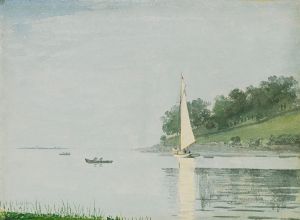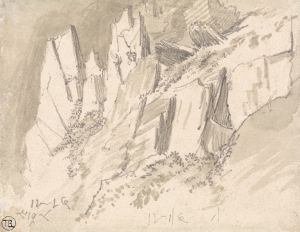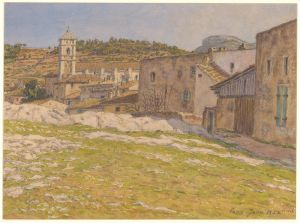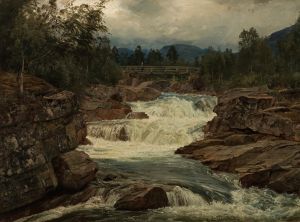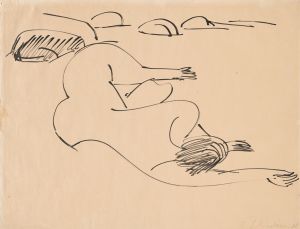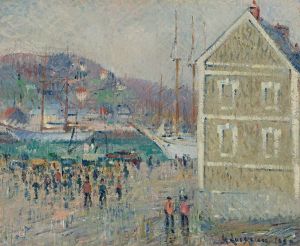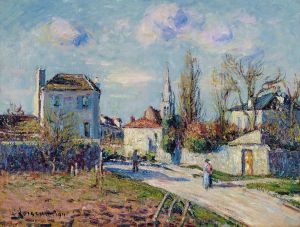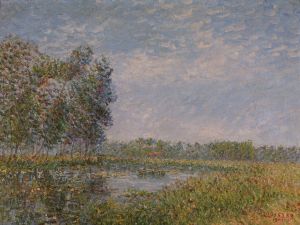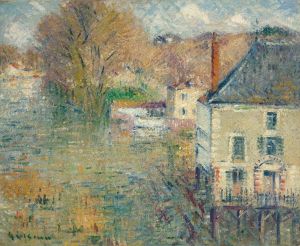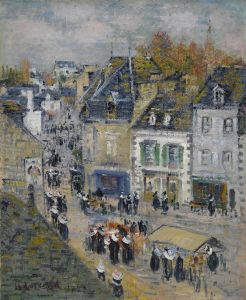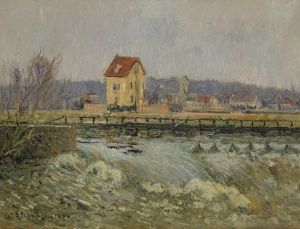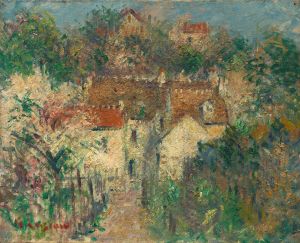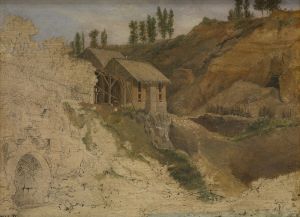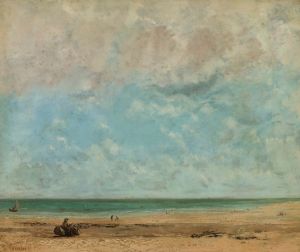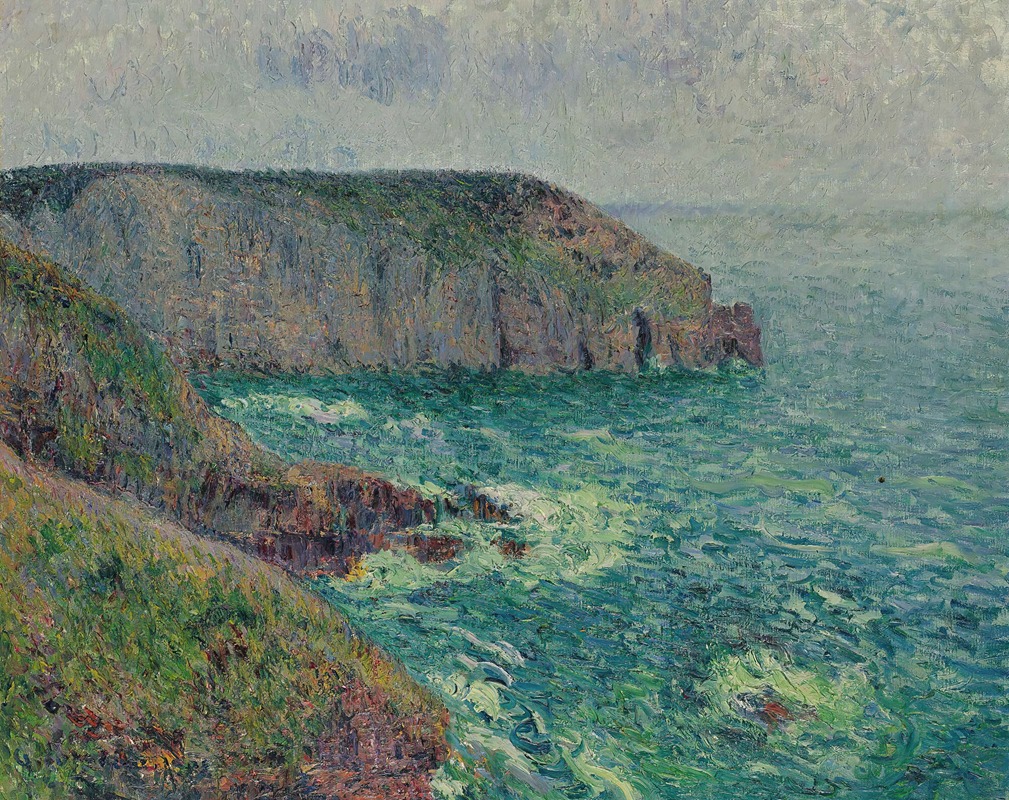
La Pointe Du Jars, Cap Frehel
A hand-painted replica of Gustave Loiseau’s masterpiece La Pointe Du Jars, Cap Frehel, meticulously crafted by professional artists to capture the true essence of the original. Each piece is created with museum-quality canvas and rare mineral pigments, carefully painted by experienced artists with delicate brushstrokes and rich, layered colors to perfectly recreate the texture of the original artwork. Unlike machine-printed reproductions, this hand-painted version brings the painting to life, infused with the artist’s emotions and skill in every stroke. Whether for personal collection or home decoration, it instantly elevates the artistic atmosphere of any space.
Gustave Loiseau (1865–1935) was a French Post-Impressionist painter known for his landscapes and scenes of rural life. He was particularly associated with the depiction of the French countryside, capturing the changing seasons and the effects of light with a distinctive style that often featured bold brushwork and a vibrant palette. Loiseau was part of a group of artists who continued to explore the Impressionist style into the early 20th century, and his work is characterized by a focus on natural settings and a dedication to plein air painting.
One of Loiseau's notable works is "La Pointe Du Jars, Cap Fréhel." This painting exemplifies his interest in capturing the essence of specific locales in France, particularly those along the coast. Cap Fréhel is a dramatic promontory in Brittany, known for its stunning cliffs and panoramic views of the sea. The area is a popular subject for artists due to its natural beauty and the unique quality of light that can be observed there.
In "La Pointe Du Jars, Cap Fréhel," Loiseau employs his characteristic technique of short, dynamic brushstrokes to convey the texture and movement of the landscape. The painting likely features the rugged cliffs and the expansive sea, capturing the interaction between land and water. Loiseau's use of color would have been instrumental in conveying the mood and atmosphere of the scene, with a palette that might include the deep blues of the ocean, the earthy tones of the cliffs, and the varied hues of the sky.
Loiseau's approach to painting was deeply influenced by his dedication to working outdoors, a practice that allowed him to observe and record the transient effects of light and weather. This commitment to plein air painting is evident in "La Pointe Du Jars, Cap Fréhel," where the immediacy of the brushwork suggests a direct engagement with the scene before him. The painting reflects Loiseau's ability to balance detail with a broader impressionistic style, capturing both the specific characteristics of the location and the general ambiance of the coastal environment.
Throughout his career, Loiseau remained committed to the principles of Impressionism, even as the art world was moving towards new styles and movements. His work, including "La Pointe Du Jars, Cap Fréhel," serves as a testament to the enduring appeal of Impressionist techniques and the artist's personal vision of the French landscape. Today, Loiseau's paintings are appreciated for their vibrant depiction of nature and their contribution to the continuation of Impressionist traditions into the 20th century.
"La Pointe Du Jars, Cap Fréhel" is a fine example of Loiseau's ability to capture the essence of a place through his unique artistic lens. The painting remains a valuable piece within the broader context of Post-Impressionist art, illustrating the ongoing fascination with the natural world and the exploration of light and color that defined the era.





